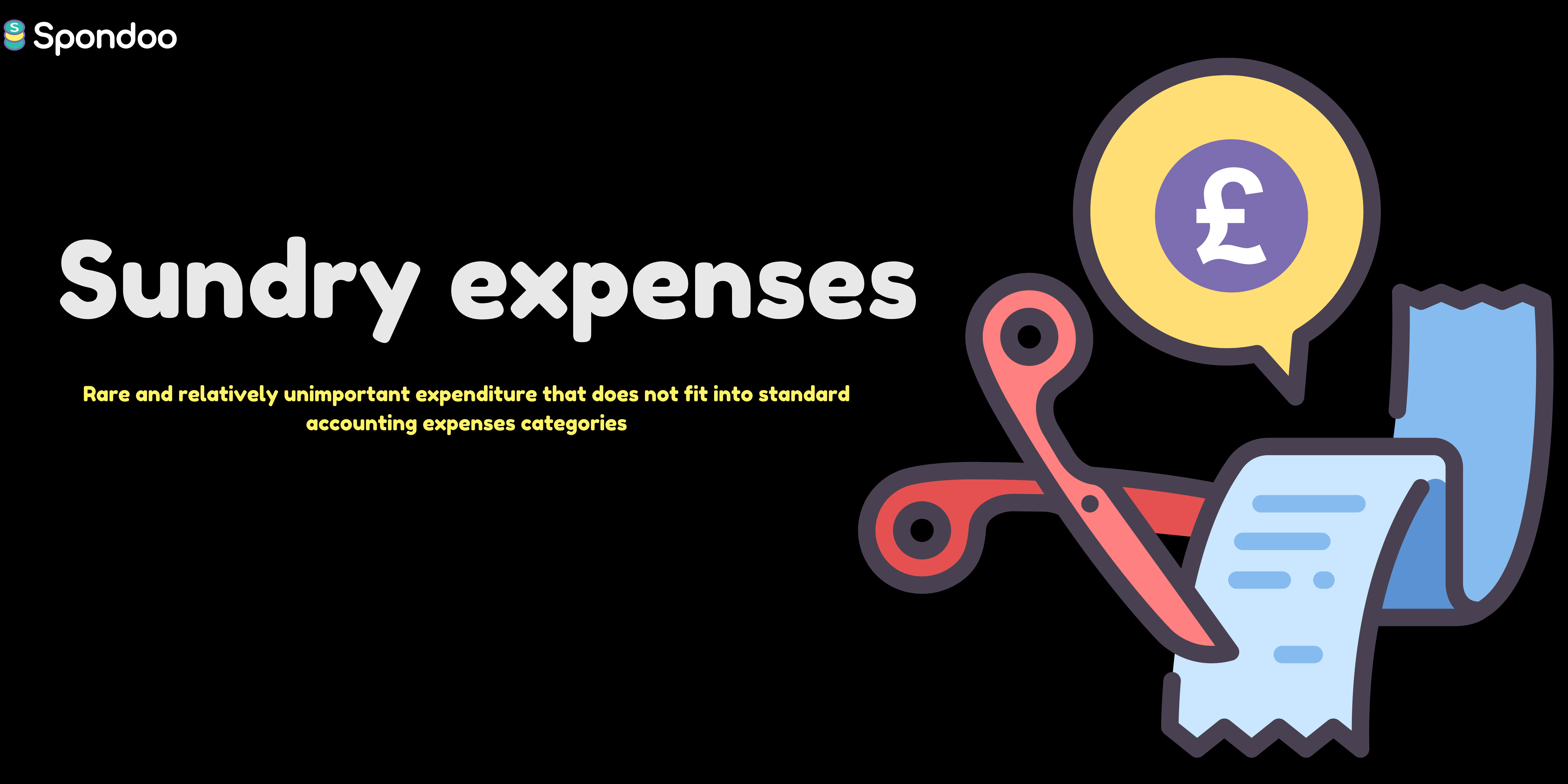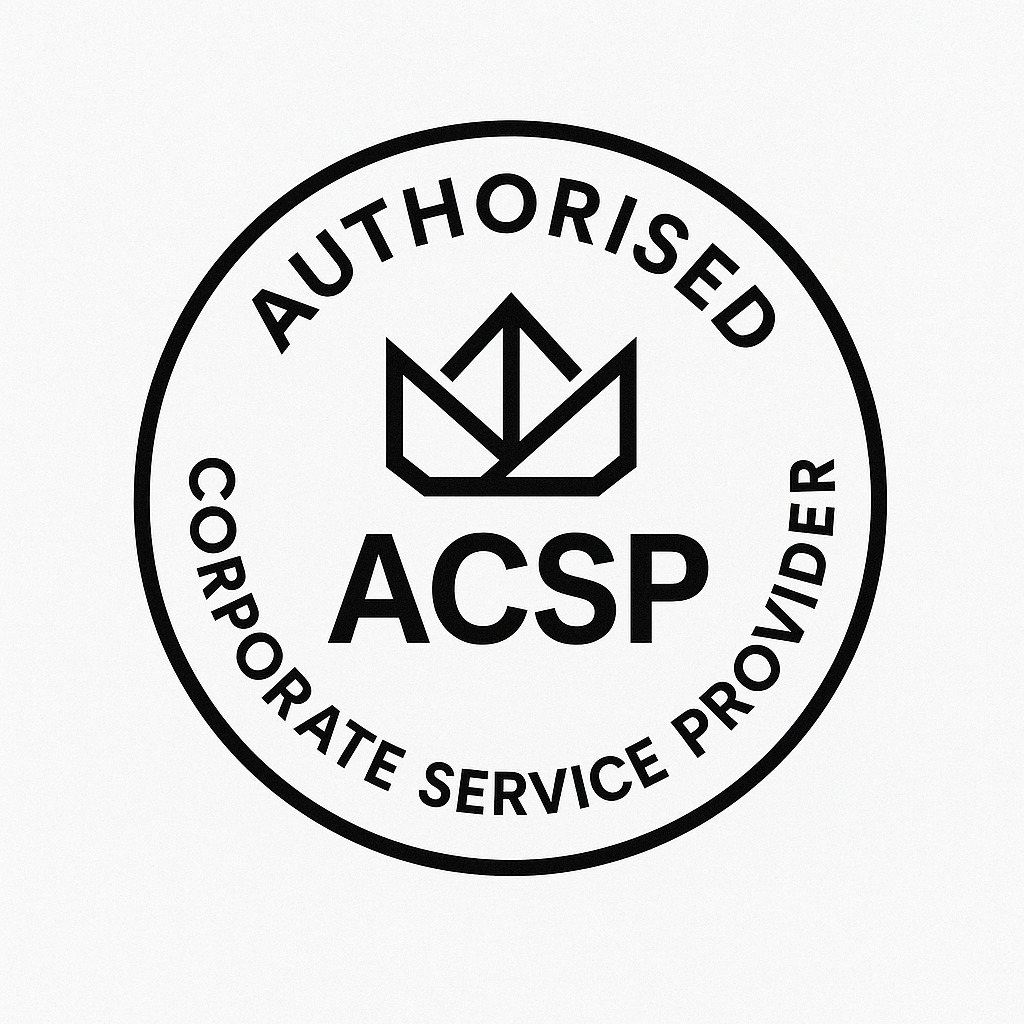
A sundry expense is a rare and relatively unimportant expenditure that does not fit into standard accounting expenses categories (asset or expense category). They are usually:
Sundry expenses do not include any regular payments or capital expenses, but instead are infrequent and not part of your routine business operations.
Examples of Sundry Expenses may include:
This table will help you determine whether an expense qualifies as general or sundry.
General expenses | Sundry expenses |
| Easy to classify under regular expense accounts | Hard to categorise under regular expense accounts |
| Can include expenses like travel costs, fuel, salaries, marketing costs, and raw materials. | Can include expenses like one-time fees, donations, and gifts. |
| Regular, predictable timing | Irregular in timing |
| Large sums of money expenditure. | A small amount of money expenditure. |
Although sundry expenses may not come up frequently, they must be recorded on your financial statements and their taxable nature determined like any other item. When you draft your profit and loss account or general ledger, you need to report sundries on the expenses side of your Chart of Accounts.
You can list them as a single line item under expenses if you are a small business, or create an entire group of accounts for recording the different types of Sundry Expenses.
You should observe your sundry expenses and analyse your expense accounts from time to time to identify emerging patterns in the expense journal. If a certain type of sundry becomes regular and starts occurring frequently, you need to create a new account to cover the recurring expense.
In this instance, you then report the item separately under a name that identifies the nature of that expense.
Place your Sundry expenses on the expenses side (left) of your profit and loss account (Income statement).
Feel free to contact Spondoo Accountant for advice on tax planning and offsetting expenses against income.




